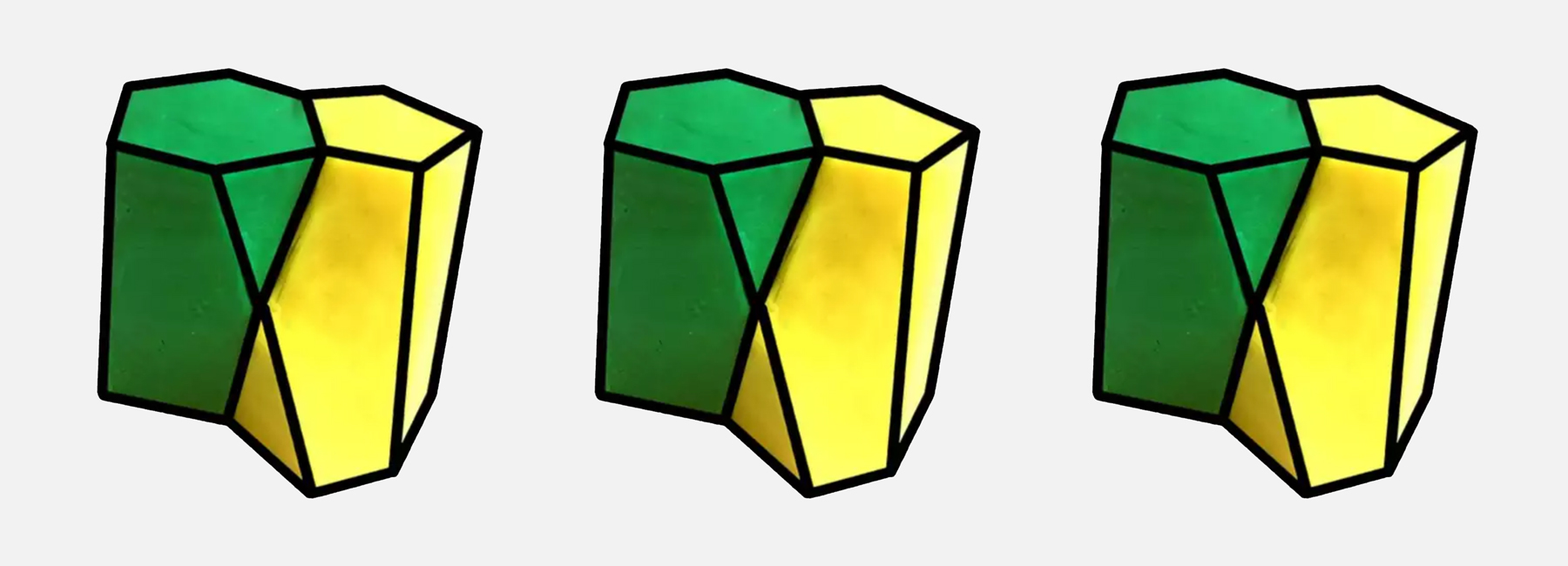sarahs mum said:
https://www.designboom.com/design/scientists-discover-new-shape-scutoid-cells-08-10-2018/

“the team studying the cells discovered a three-dimensional shape that occurs as they bend and pack together. the shape of these cells allows them to pack together without wasting energy. until now, these blocks were believed to be prism-shaped or like truncated pyramids. the press release notes that they could be best described as ‘twisted prisms.’ the reason for the shape of these cells is to help it endure the twisting and packing that happens as organs form, offering an architectural stability when a tissue bends.”
These don’t pack into honeycombs by themselves. They’d need to be combined with some other cell shape, such as one with a heptagonal face to fill space.
I can’t help wondering if this is a ‘typical random packing’ type of shape. Think of it this way. Suppose you dropped a thousand foam rubber balls randomly into a box and squashed unil the faces met together. Would the resulting shapes resemble this?
One way to approach this problem would be to sort of average out semi-regular packings. Not a good solution but the one that most quickly springs to mind. A scute has 8 faces. A triangular prism has 5, a cube has 6, a hexagonal prism has 8, a rhombic dodecahedron has 12 faces, a truncated octahedron has 14. All five fill space, the average number of faces is 9, in the right ballpark. But that’s a really bad way to look at it.
Let’s look at https://en.wikipedia.org/wiki/Honeycomb_(geometry). Hmm
The best way to answer the question would be by experiment. Make several hundred balls of jelly, all clear except for 5 or so. Pour them at random into a clear container with a bit of water in it (to help fill gaps between the balls). Compress it a bit to squeeze most of the water out and sketch the shapes of the coloured balls. Repeat.
Could this be done numerically?